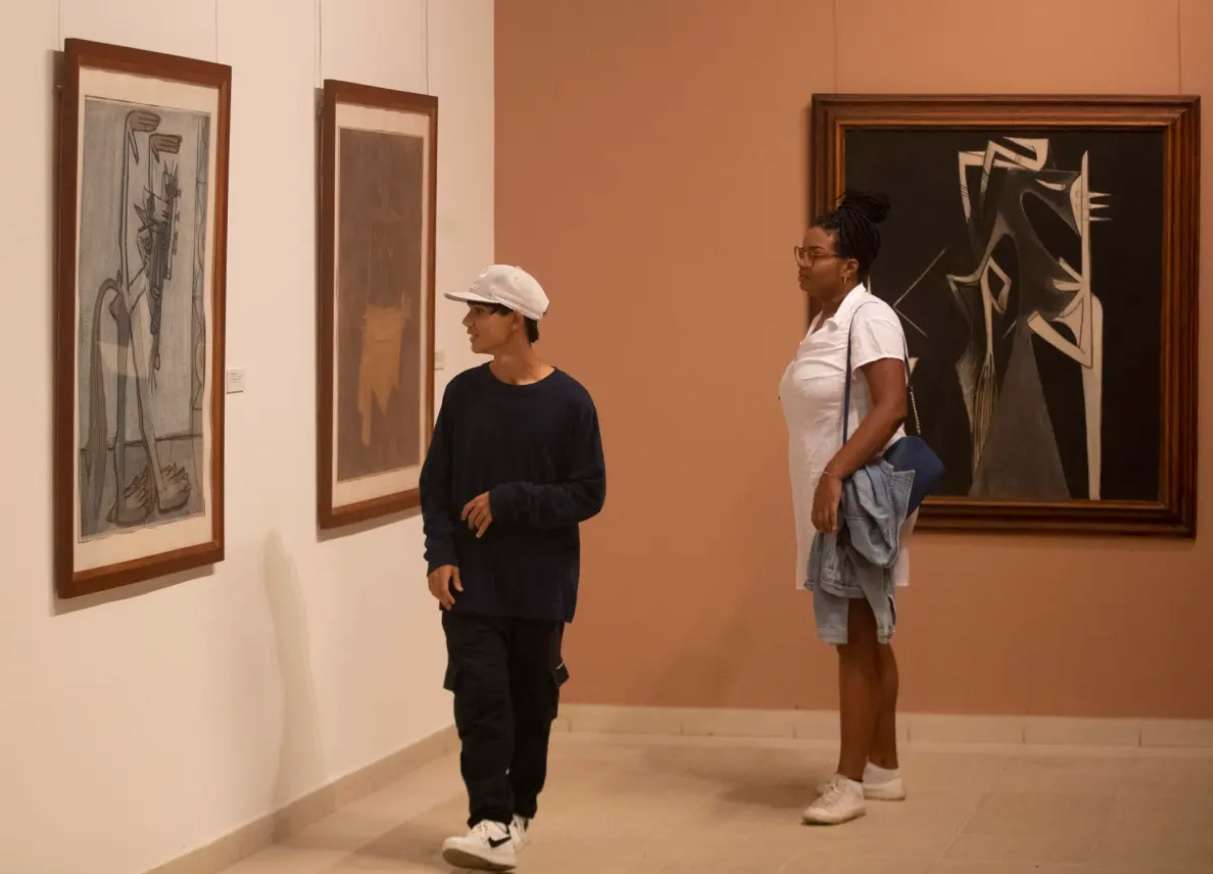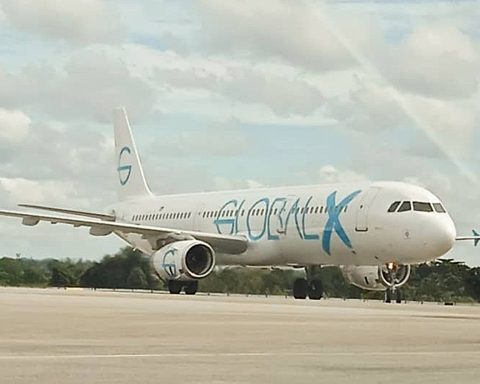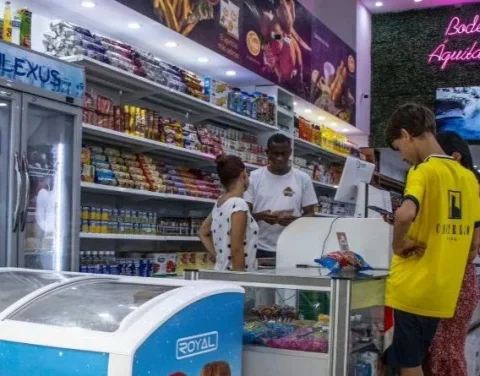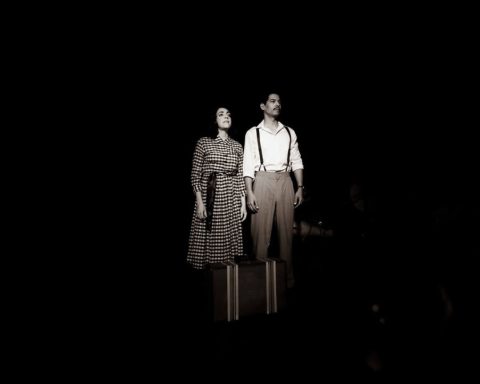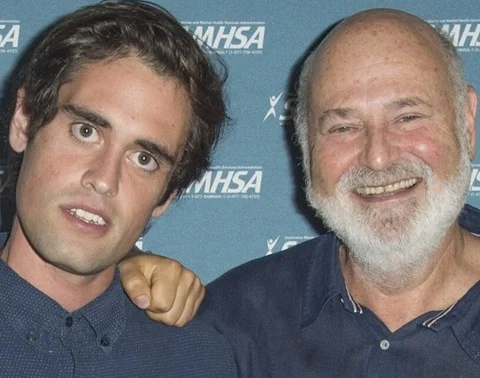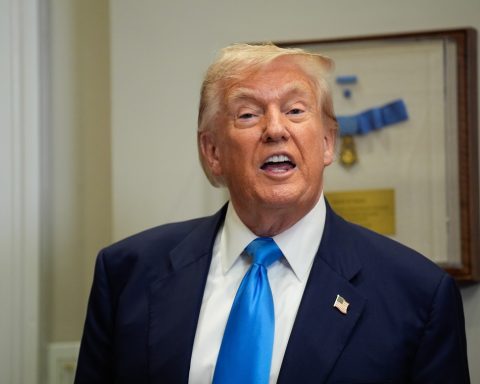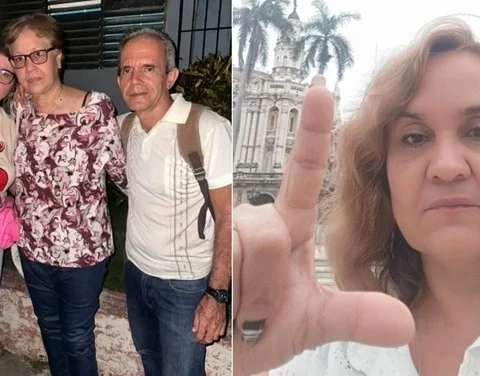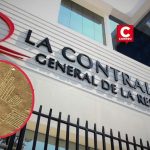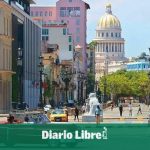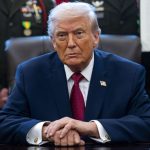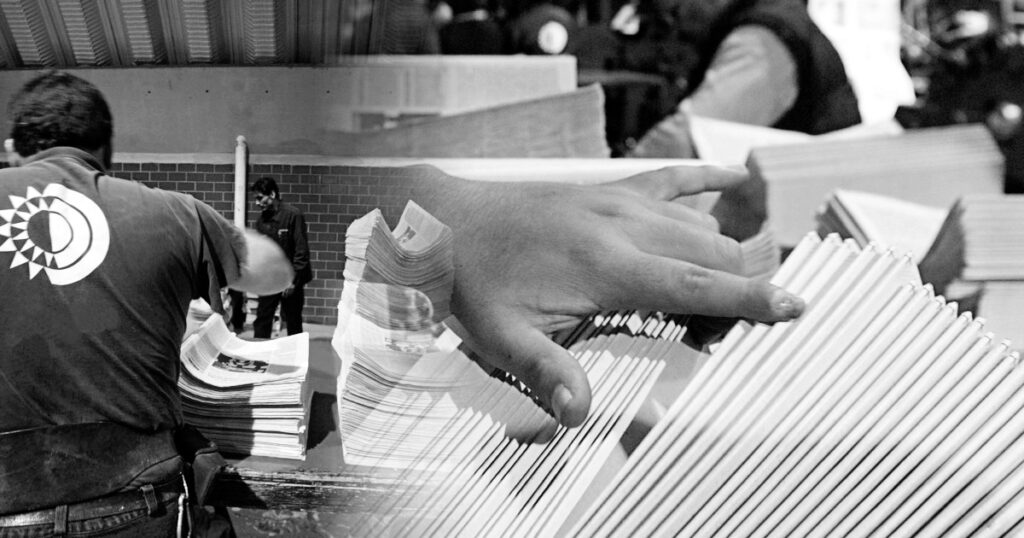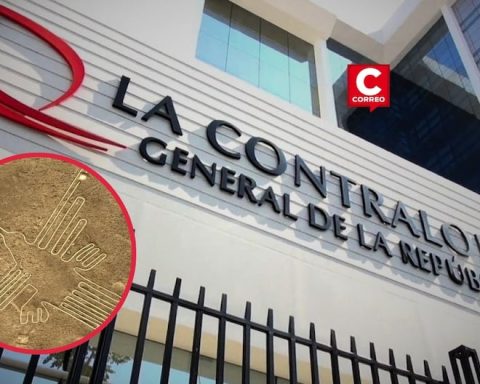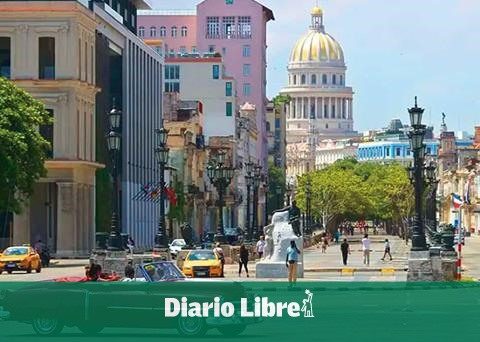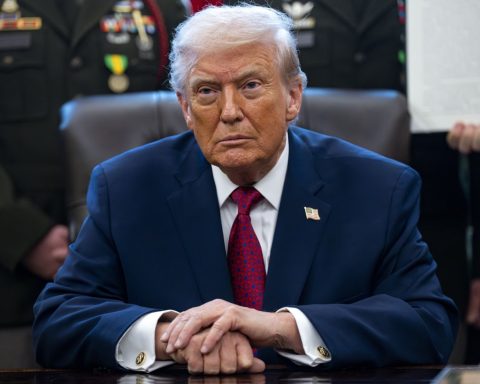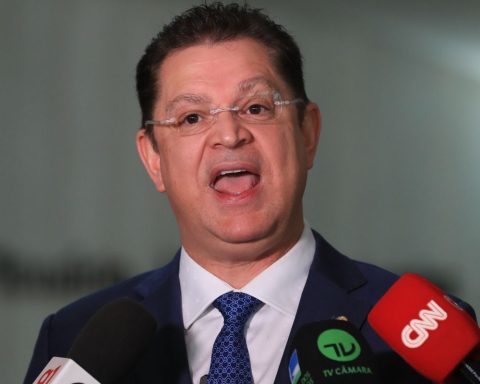The 120th anniversary of Wilfredo Lam is celebrated on the island with a program that has as its highlight an exhibition that highlights the vast work and legacy of the most universal Cuban painter.
Under the name “Wilfredo Lam indivisible”, the exhibition was inaugurated this Friday and will run until February 26 at the National Museum of Fine Arts. It comprises 65 paintings, prints and drawings made by Lam between 1939 and 1976 as a sample of his prolific and influential work.
The exhibition’s art curator, Roberto Cobas Amate, told the EFE agency that “they are pieces that give us the coherence, solidity and organicity of Lam’s work, an art without fissures.”
The exhibition is led by one of the great works of Lam (1902-1982), “The Third World”, and includes emblematic pieces from his career such as “La Silla” (1943), “Huracán” (1946) and “Maternidad”. (1952).
They will hold a colloquium for the 120th anniversary of Wifredo Lam
This journey through the work of the Cuban emphasizes his creative itinerary in Paris (1939-1940), a time when he became friends with the Spanish Pablo Picasso and also met exponents of the European intellectual avant-garde such as Pierre Loeb and André Breton.
According to EFE, “Wilfredo Lam Indivisible” also includes the stays in Cuba of the author of “La Jungla”, “such as the one in 1941, which resulted in works that reflect the influence of his contacts with the School of Paris, as well as the cycle of 1945, in which he ventures into Afro-Cuban culture and his painting becomes more luminous”.
Born in 1902 in Sagua La Grande, in the province of Villa Clara, Wilfredo Lam was the highest representative of the Cuban pictorial avant-garde and his work has notably influenced the plastic arts of the Island. “La Jungla”, from 1943, is a extraordinary synthesis of his creative universe and is an inescapable reference of Cuban painting. Lam died in Paris in 1982 and his work continues to be an obligatory reference in the most prestigious museums around the world.
